The division between East and West Germany, once a stark symbol of the Cold War's ideological divide, continues to shape the nation's social, economic, and political landscape decades after reunification. While the physical Berlin Wall fell in 1989, the invisible barriers between the two regions persist, manifesting in disparities that are both subtle and profound. This article delves into the complexities of the East-West divide, exploring its historical roots, contemporary challenges, and the lingering cultural differences that define modern Germany.
The Historical Context: A Nation Torn Apart
The origins of Germany's East-West divide can be traced back to the aftermath of World War II, when the Allied powers partitioned the country into occupation zones. The Soviet-controlled East became the German Democratic Republic (GDR), while the Western zones evolved into the Federal Republic of Germany (FRG). Over the next four decades, the two German states developed along radically different paths—one under a centralized communist regime, the other as a capitalist democracy. The Berlin Wall, erected in 1961, became the most visible manifestation of this schism, separating families, friends, and entire communities.
The fall of the Wall in 1989 was met with euphoria, but the process of reunification proved far more complicated than many anticipated. The integration of the East into the West's economic and political systems was abrupt, leaving many former GDR citizens feeling like second-class citizens in their own country. The Treuhandanstalt, the agency tasked with privatizing East German industries, often led to mass unemployment and a sense of betrayal among Easterners. This period of transition left deep scars that continue to influence perceptions and attitudes today.
Economic Disparities: The Persistent Gap
Nearly three decades after reunification, economic differences between East and West Germany remain pronounced. While cities like Dresden and Leipzig have experienced revitalization, much of the former East still lags behind in terms of wages, infrastructure, and employment opportunities. The average income in the East is roughly 85% of that in the West, and unemployment rates, though improved, are still higher in many Eastern states.
One of the most visible consequences of this economic gap is the migration of young people from East to West in search of better prospects. This demographic shift has left many Eastern towns and villages grappling with aging populations and dwindling resources. The brain drain exacerbates the region's challenges, creating a cycle that is difficult to break. Despite significant investments from the federal government, the catch-up process has been slower than many hoped, fueling resentment and a sense of neglect among Eastern Germans.
Cultural and Social Divides: More Than Just Economics
The East-West divide is not merely an economic issue; it is also a cultural and psychological one. Many Easterners, particularly those who lived through the GDR era, retain a distinct identity shaped by their experiences under socialism. This includes attitudes toward work, community, and even humor. The term "Ostalgie"—a portmanteau of "Ost" (East) and "Nostalgie" (nostalgia)—captures the bittersweet longing some Easterners feel for aspects of their former lives, despite the repressive nature of the regime.
In the West, meanwhile, there is often a lack of understanding or appreciation for the East's unique history and perspective. Stereotypes persist, with Easterners sometimes portrayed as backward or overly reliant on state support. These perceptions can create social friction, even among younger generations who did not experience division firsthand. The rise of right-wing populism in the East, particularly in regions like Saxony, has further complicated the narrative, with some attributing it to the region's unresolved grievances and sense of marginalization.
Political Implications: A Divided Electorate
The East-West divide is also reflected in Germany's political landscape. Voting patterns in the East often differ significantly from those in the West, with Eastern states showing stronger support for parties like the Left (Die Linke) and the far-right Alternative for Germany (AfD). This divergence is rooted in the East's distinct historical experiences and its ongoing struggle with economic and social integration.
The AfD's popularity in the East, in particular, has raised alarms, as the party capitalizes on discontent and anti-establishment sentiment. While the reasons for its success are complex, they underscore the lingering sense of alienation felt by many Easterners. At the same time, the Left party, with its roots in the former GDR's ruling Socialist Unity Party, continues to appeal to those who feel left behind by the mainstream political order.
Looking Ahead: Bridging the Divide
Addressing the East-West divide remains one of Germany's most pressing challenges. While significant progress has been made since reunification, the process of true unity is ongoing. Efforts to promote economic development in the East, such as subsidies for businesses and infrastructure projects, must be coupled with initiatives that foster mutual understanding and respect between regions.
Cultural exchanges, educational programs, and media representation can play a crucial role in breaking down stereotypes and building a shared national identity. At the same time, acknowledging the East's unique history and contributions—rather than treating it as a problem to be solved—is essential for fostering a sense of belonging.
The story of Germany's East-West divide is a reminder that reunification is not just a political or economic process, but a human one. As the country moves forward, it must confront the past with honesty and the future with empathy, ensuring that the wounds of division are finally healed.

By Eric Ward/Apr 19, 2025
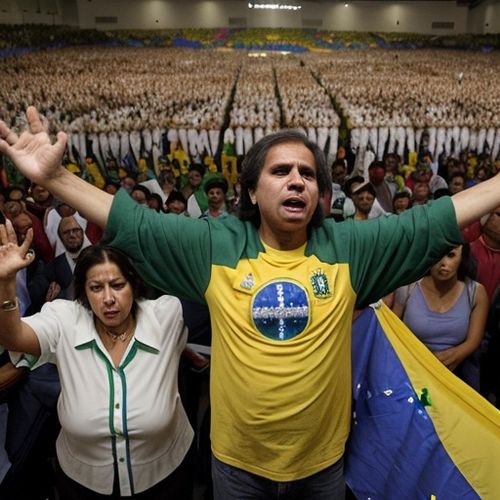
By James Moore/Apr 19, 2025
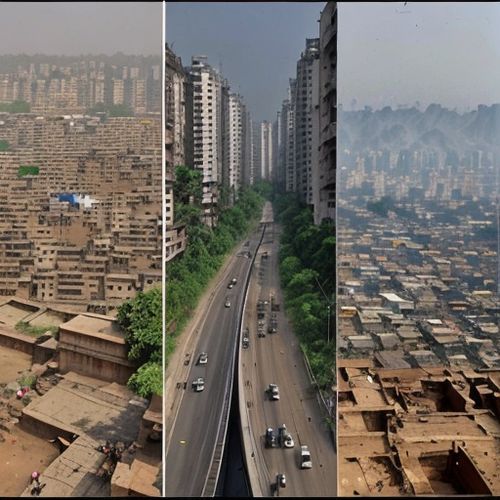
By Daniel Scott/Apr 19, 2025

By George Bailey/Apr 19, 2025
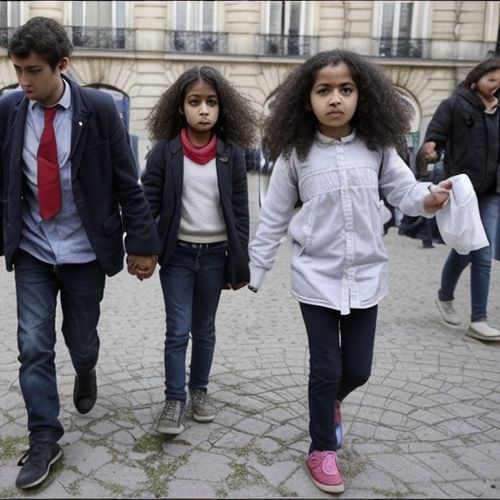
By Amanda Phillips/Apr 19, 2025

By Amanda Phillips/Apr 19, 2025
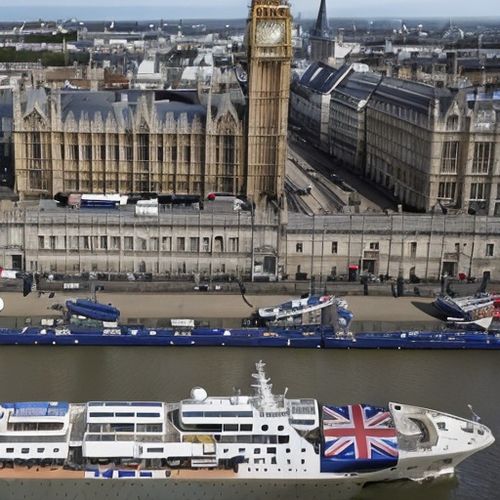
By Joshua Howard/Apr 19, 2025
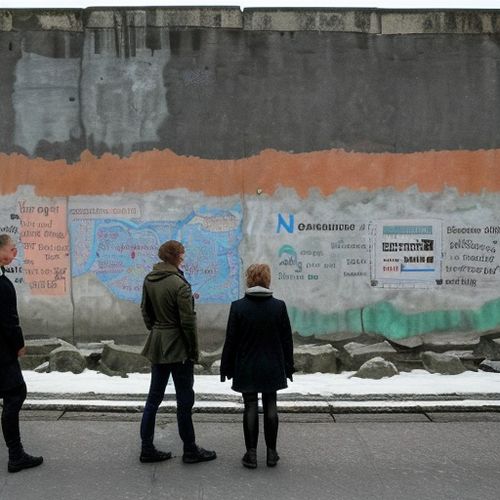
By Thomas Roberts/Apr 19, 2025

By Thomas Roberts/Apr 19, 2025

By Noah Bell/Apr 19, 2025
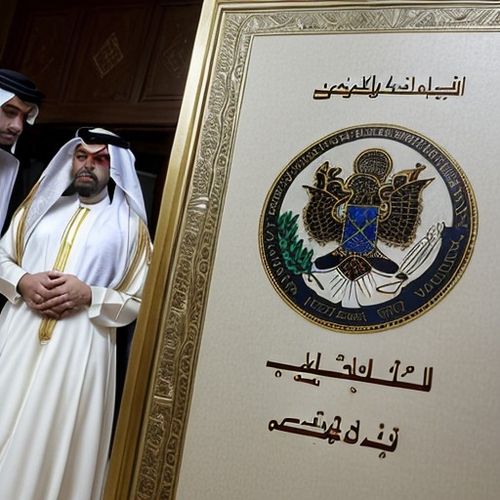
By James Moore/Apr 19, 2025
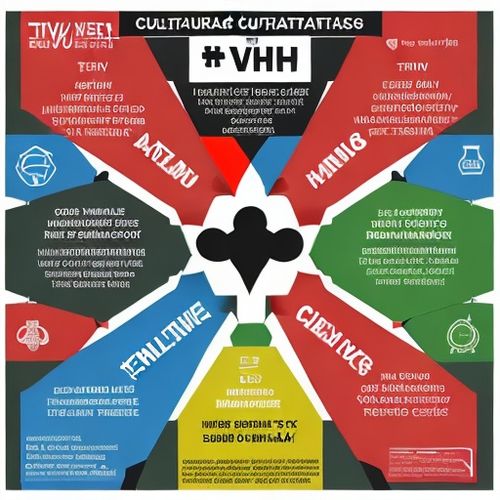
By Rebecca Stewart/Apr 19, 2025
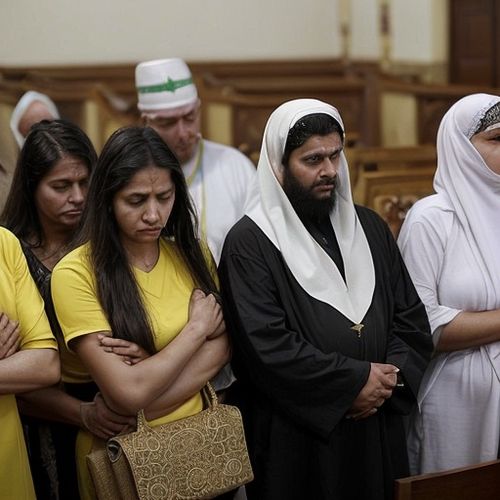
By Noah Bell/Apr 19, 2025

By Elizabeth Taylor/Apr 19, 2025
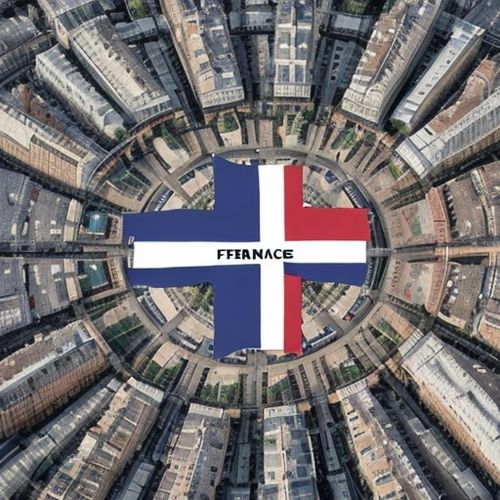
By Benjamin Evans/Apr 19, 2025
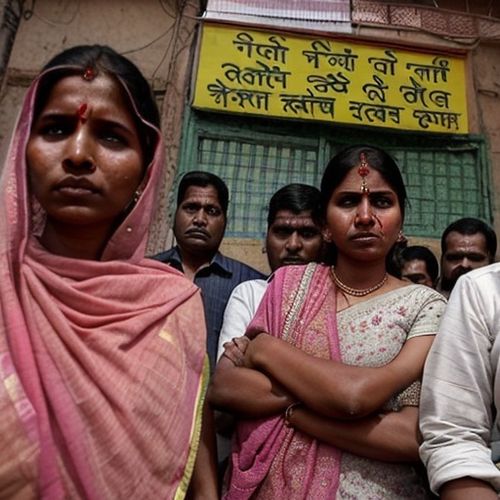
By Laura Wilson/Apr 19, 2025

By Victoria Gonzalez/Apr 19, 2025
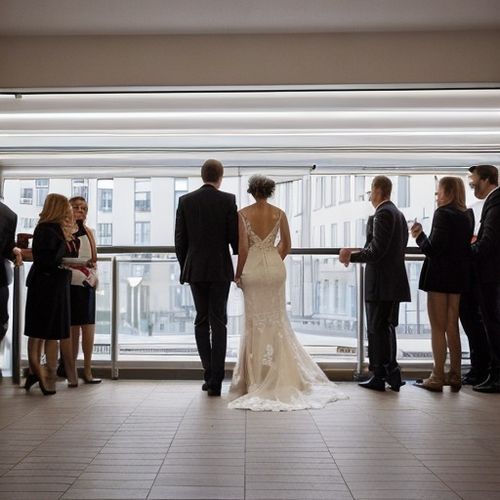
By Laura Wilson/Apr 19, 2025
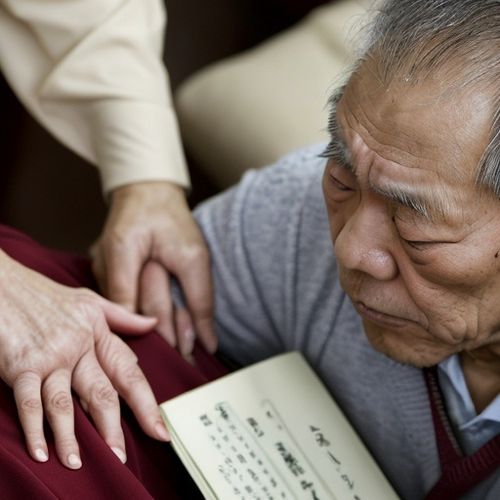
By Laura Wilson/Apr 19, 2025

By Sophia Lewis/Apr 19, 2025